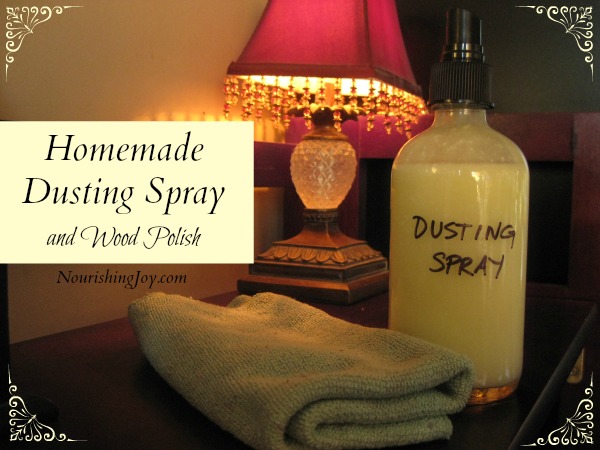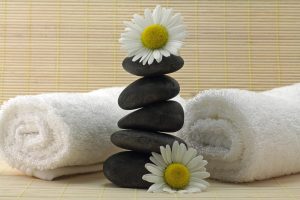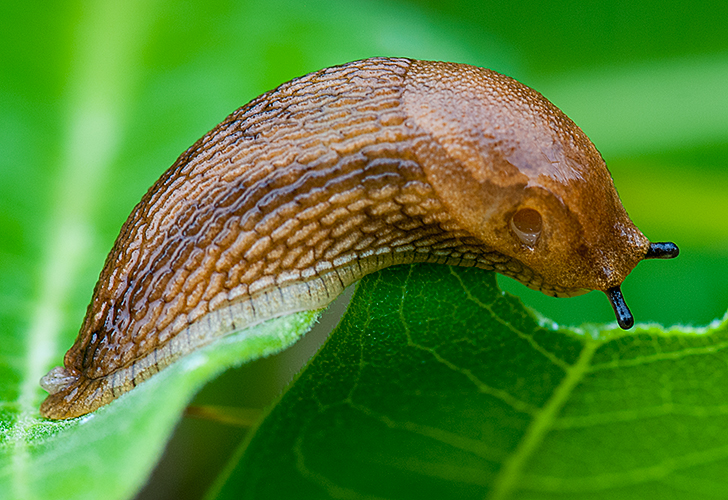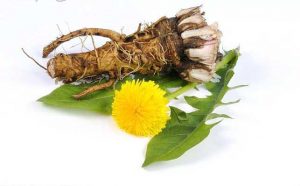(Forwarded from: https://nourishingjoy.com/homemade-dusting-spray-and-wood-polish/)

Despite what some may think when they walk into my house on any given afternoon, I actually really like to clean.
(It’s just the having to do lots of it every day that gets a little tiresome.)
One of the tasks I enjoy most is dusting. Perhaps it was because my mother taught me how to be a stickler and derive satisfaction from getting every piece of furniture completely clean. Or perhaps it’s just because the house simply looks and smells cleaner when I’m done. Whatever the reason, I enjoy it.
The problem is, however, that I haven’t always had the right tools to get the job done right. Either the dusting spray has left the furniture surface greasy or tacky, or has smelled noxious. And even when I did find a “natural” spray I liked, it cost a pretty penny.
So (as usual), I set about on a mission to figure out a homemade version. And (as usual) I started by flipping over my favorite products and looking at their ingredients.
I must say, this is one of the homemade products that I am MOST pleased with. I’ve been using it for a number of years now and even with various grubby toddler hands and lots of life happening in our house, the surfaces polish up beautifully without any residues.
Which reminds me – please check out these wood care notes. In doing the research for this recipe, I learned that there’s more to wood care than one might think!
Wood: Making It Shine – from Dr. Bronner’s
Mineral Oil vs. Olive Oil in Wood Care (see the comments of this post) – from Amy Bayliss
Homemade Dusting Spray
You can make a simpler dusting spray with just olive oil and vinegar (and essential oils, if desired). See below for details.
¾ cup water
1 T olive oil
2 T vodka (or white vinegar)
2 T white vinegar
1 T liquid glycerin (optional) – see where to buy glycerin
30-40 drops essential oil (clove, orange, lemon, etc)
¼ teaspoon xanthan gum – see where to buy xanthan gum
½ teaspoon emulsifying wax, melted – see where to buy emulsifying wax
Place the water, olive oil, vodka, vinegar, glycerin, and essential oils in a blender and blend on high. While the motor is still running, add in the xanthan gum and emulsifying wax. Process for 10-15 seconds until slightly thickened.
Pour into a spritz bottle and use once a week. Lasts up to 3 months.
Homemade Dusting Spray – Simplified Version
3/4 cup olive oil
1/4 cup white distilled vinegar
30-40 drops essential oil, optional (clove, orange, lemon, etc)
Place in a large spray bottle and shake vigorously. Spray directly on furniture (being careful of overspray) and buff with a clean, dry cloth.
The Ingredients
Olive Oil – Olive oil shines the wood and protects it. Olive oil has been used for millenia in this capacity, but some would argue that mineral oil should be used instead so that there’s no chance of rancidity. As usual, my opinion falls in the camp of “whichever option is more naturally derived and requires less processing is the best one.” Olives can be pressed by hand – mineral oil requires multiple industrial cleaners to extract and clean it from the crude oil brought up out of the earth. Therefore, I choose the former. You may choose the latter – it’s up to you (and I won’t think less of you for it).
Vodka – Vodka is the secret weapon in many of my favorite cleaning recipes, and in this case, is present to cut through grease and grime on the wood surface, then evaporates quickly so there’s no residue and no streaks.
White vinegar – White vinegar also cuts through grease and grime residues. It also acts as a mild disinfectant.
Liquid glycerin – Glycerin is an optional ingredient, but one that I really like to include whenever possible because it leaves a nicer shine on varnished and painted wood and I find it buffs more easily.
Essential oil (clove, orange, lemon, etc) – These are present merely for scent. They will certainly also impart whatever beneficial properties are inherent to that specific essential oil, but the purpose here is to make your home smell lovely and clean… in a natural, non-toxic way!
Xanthan gum – Xanthan gum is a thickener so that the homemade dusting spray has the same lovely viscosity as store-bought dusting sprays.
Emulsifying wax – This is present for two reasons: one, it acts as a binder so that the ingredients stay homogenous once they’re all blended together, and two, to provide a very slight protective coating on the wood. Waxes have long been used to seal and protect and the small amount here just fills in surface scuffs and scratches to give a smoother, glossier, protected finish.
And why emulsifying wax rather than beeswax? Well, they both work, but beeswax doesn’t firm up as nicely and is thus just slightly tacky. Beeswax is sometimes easier to source though, so it is an acceptable option.
:max_bytes(150000):strip_icc():format(webp)/how-to-make-your-own-oatmeal-bath-289466_FINAL-6426522b3d444d2da8c803cef80be9e6.png)








